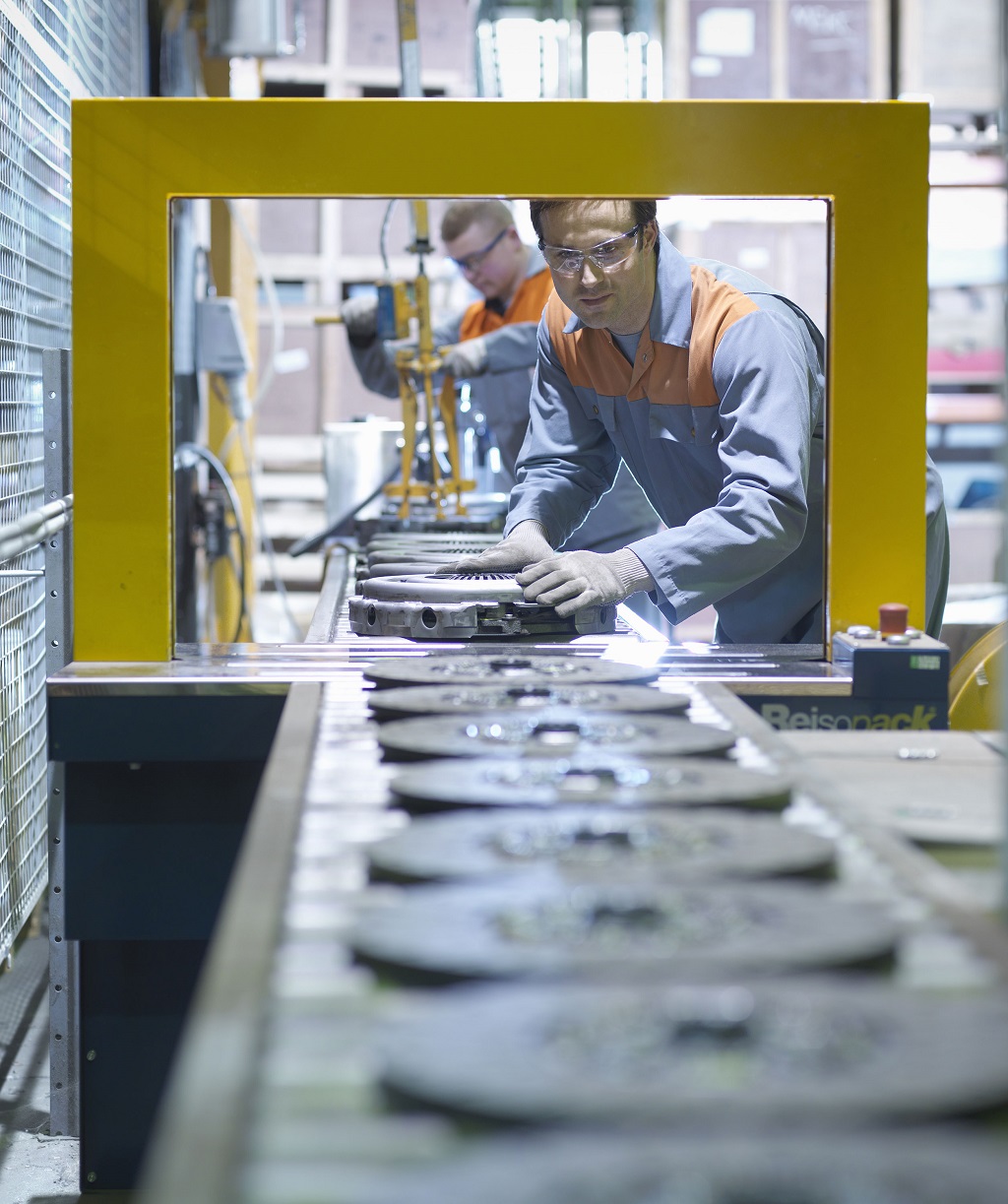A Comprehensive Overview of Common Manufacturing Techniques

The manufacturing process, which entails transforming raw materials into finalized products, encompasses a diverse array of techniques to efficiently address varied production requirements. Manufacturers utilize a spectrum of methods, ranging from traditional approaches to state-of-the-art technologies, to craft a wide range of items, from everyday products to intricate machinery. This article aims to offer a comprehensive insight into several frequently employed manufacturing techniques, each playing a pivotal role in shaping the products integral to our daily lives.
Machining
Machining is a fundamental manufacturing technique that involves removing material from a workpiece to achieve desired shapes and dimensions. Common machining processes include turning, milling, drilling, and grinding. Computer Numerical Control (CNC) machining has revolutionized this technique, allowing for precise and automated control of machining tools. Machining is widely used in producing components for automotive, aerospace, and electronic industries.
Injection Molding
Injection molding is a widely employed technique for producing plastic parts in large quantities. Molten plastic is injected into a cavity, where it solidifies, taking the shape of the mold. This method is highly versatile, allowing for intricate designs and complex geometries. Injection molding is prevalent in the production of consumer goods, packaging, and automotive components.
Casting
Casting involves pouring molten material into a mold to create the desired shape. Common types of casting include sand casting, die casting, and investment casting. Each method offers unique advantages, making casting suitable for a wide range of materials such as metals, plastics, and ceramics. Casting is employed in the production of components for industries like automotive, aerospace, and art foundries.
Stamping
Stamping is a cost-effective technique for mass-producing components from sheet metal. It involves using a stamping press to cut or shape metal sheets into specific forms. Stamping is commonly used in the automotive industry for producing body panels and in manufacturing household appliances, electronics, and metal furniture.
Welding
Welding is the process of joining materials by melting and fusing them, using welding rods like a PVC welding rod to form a tight seal. Common welding methods include arc welding, MIG (Metal Inert Gas) welding, and TIG (Tungsten Inert Gas) welding. Welding is essential in the fabrication of structures, machinery, and various metal products. It plays a critical role in construction, shipbuilding, and aerospace industries.
Extrusion
Extrusion is a manufacturing technique that involves forcing material, often plastic or metal, through a die to create a continuous profile with a consistent cross-section. This method is widely used in the production of pipes, tubes, and profiles for various applications. Extrusion is prevalent in industries such as construction, packaging, and automotive.
Forging
Forging is a technique that involves shaping metal through the application of heat and pressure. The process can be performed using a hammer, press, or die. Forged parts exhibit high strength and durability, making forging a preferred method for producing critical components in aerospace, automotive, and defense industries.
Computer-Aided Manufacturing (CAM)
Computer-Aided Manufacturing (CAM) involves using computer software to control manufacturing processes and machinery. CAM systems integrate seamlessly with CNC machines, allowing for automated production with high precision. This technique is prevalent in industries that require intricate designs, such as aerospace and medical device manufacturing.
Conclusion
The world of manufacturing is a vast and dynamic landscape, encompassing a variety of techniques to bring ideas from conception to reality. Each technique has unique advantages and applications, from traditional methods like machining and casting to cutting-edge technologies such as 3D printing and additive manufacturing. Manufacturers leverage these methods strategically, often combining multiple techniques to optimize production processes and meet the demands of diverse industries. As technology continues to advance, the manufacturing landscape evolves, offering new possibilities and opportunities for innovation.
839GYLCCC1992



Leave a Reply